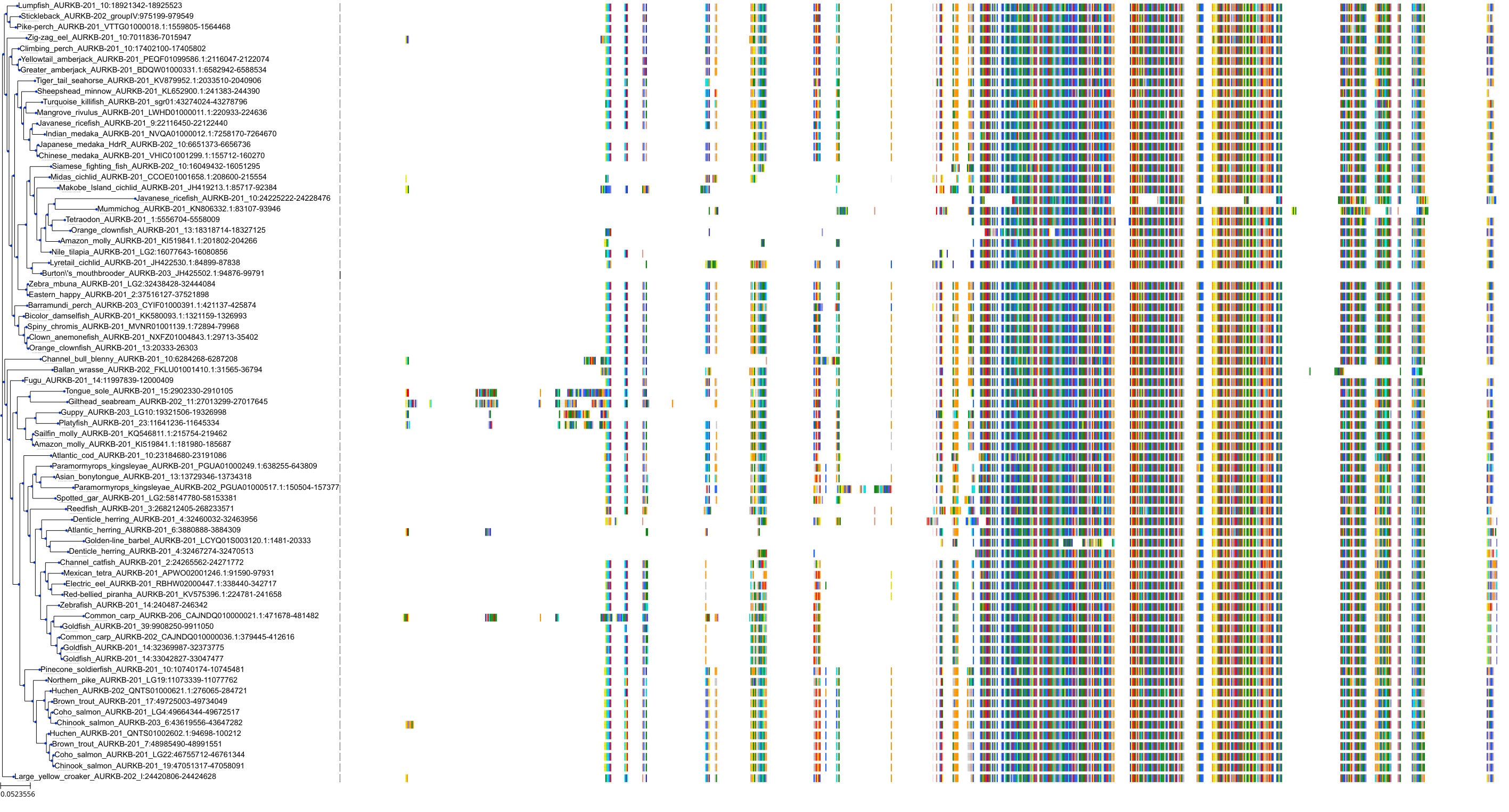| Synonyms | |
| Status | |
| Molecule Category | UNKNOWN |
| UNII | 16XC2U7W8N |
| EPA CompTox | DTXSID00222583 |
Structure
| InChI Key | GBJVVSCPOBPEIT-UHFFFAOYSA-N |
|---|---|
| Smiles | |
| InChI |
|
Physicochemical Descriptors
| Property Name | Value |
|---|---|
| Molecular Formula | C26H31FN7O6P |
| Molecular Weight | 587.55 |
| AlogP | 3.62 |
| Hydrogen Bond Acceptor | 9.0 |
| Hydrogen Bond Donor | 5.0 |
| Number of Rotational Bond | 15.0 |
| Polar Surface Area | 174.82 |
| Molecular species | ZWITTERION |
| Aromatic Rings | 4.0 |
| Heavy Atoms | 41.0 |
Bioactivity
| Mechanism of Action | Action | Reference |
|---|---|---|
| Serine/threonine-protein kinase Aurora-B inhibitor | INHIBITOR | PubMed |
|
Protein: Serine/threonine-protein kinase Aurora-B Description: Aurora kinase B Organism : Homo sapiens Q96GD4 ENSG00000178999 |
||||
| Targets | EC50(nM) | IC50(nM) | Kd(nM) | Ki(nM) | Inhibition(%) | |
|---|---|---|---|---|---|---|
|
Enzyme
Kinase
Protein Kinase
Other protein kinase group
Other protein kinase AUR family
|
- | 0 | - | 0 | - | |
|
Enzyme
Kinase
Protein Kinase
TK protein kinase group
Tyrosine protein kinase PDGFR family
|
- | - | 17 | - | - | |
|
Enzyme
Kinase
Protein Kinase
TK protein kinase group
Tyrosine protein kinase Ret family
|
- | - | 80 | - | - |
Cross References
| Resources | Reference |
|---|---|
| ChEBI | 167636 |
| ChEMBL | CHEMBL415049 |
| DrugBank | DB11747 |
| FDA SRS | 16XC2U7W8N |
| Guide to Pharmacology | 7332 |
| PubChem | 11497983 |
| SureChEMBL | SCHEMBL16671950 |
| ZINC | ZINC000043129461 |









